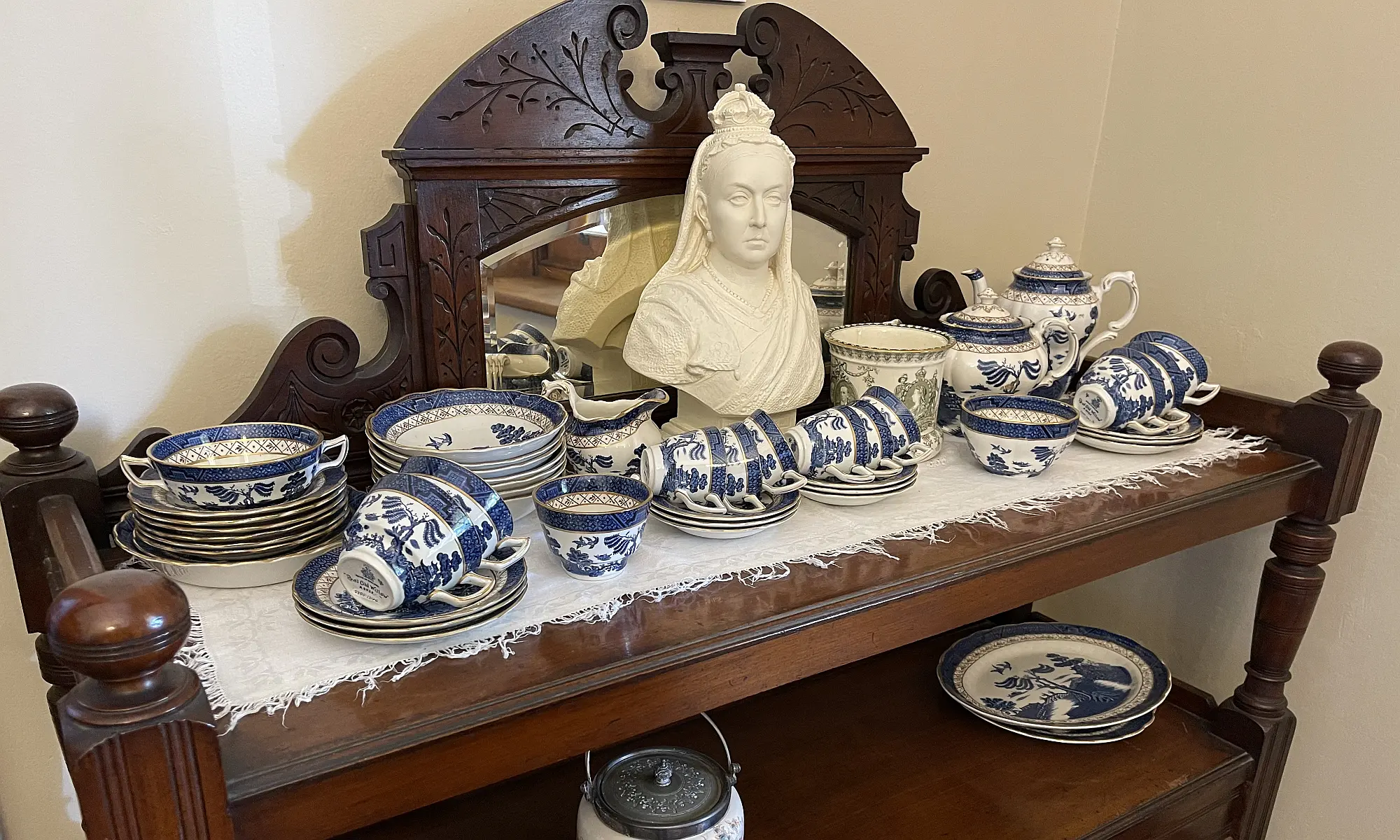by F and B Lenane Our Mum, Dora Victoria Lenane, was born in June on 7th April 1919, making her 94 years young. Dora’s many friends knew her by name, but her very large family always knew her simply as Mum or Nana. Neither name reflects the amazing energy and joy of life that Mum …
Continue reading “Vale: Dora Victoria Lenane, April 7th 1919 – September 7th 2013”

